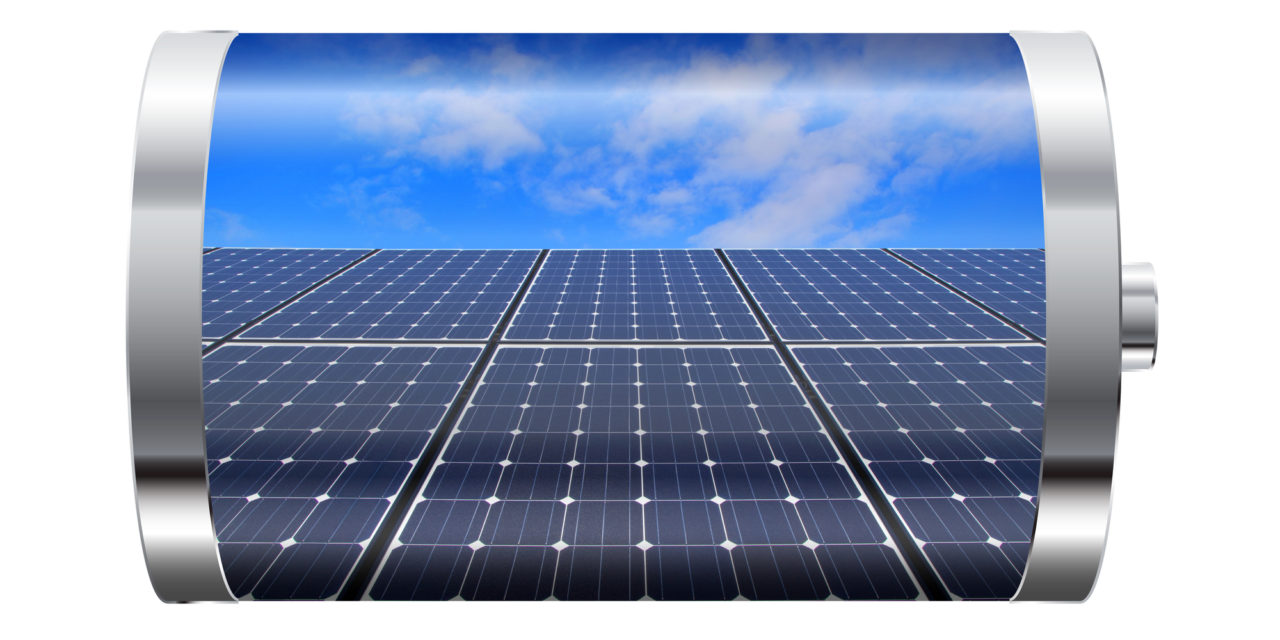Some of the links in this article are affiliate links, meaning at no additional cost to you, we will earn a commission if you click through and make a purchase. Thank you for helping us continue to bring you great content.
Today, there are more photovoltaic panels in use in the United States than ever before. According to the US Department of Energy, capacity is at more than 97 gigawatts, enough to power the equivalent of 18 million average American homes. That’s due, in part, to plummeting costs for PV panels. Since 2014, the average cost of solar PV panels has dropped by about 70 percent. And by 2030, more than one in seven US residences will likely have a rooftop solar PV system.
Solar Battery Systems Offer Resilience
Combining solar panels with a new generation of solar battery systems makes for a game-changer, adding both resilience and savings. Many consumers don’t realize that during a grid-based power outage, your PV panels will shut down. Because the grid is acting as a regulator of that power flowing into your home. That’s unless you have a solar battery system.
Once you decide to buy a solar battery system, it’s only the beginning. As with any large purchase, there are a lot of accompanying choices to make. You must weigh cost against capacity and other features. It may seem daunting or confusing at times, but you can do this. Average times vary, but most everyone agrees that in 8 to 12 years, just about anyone’s system will pay for itself. There’s free electricity waiting for you at the end of that payback period.

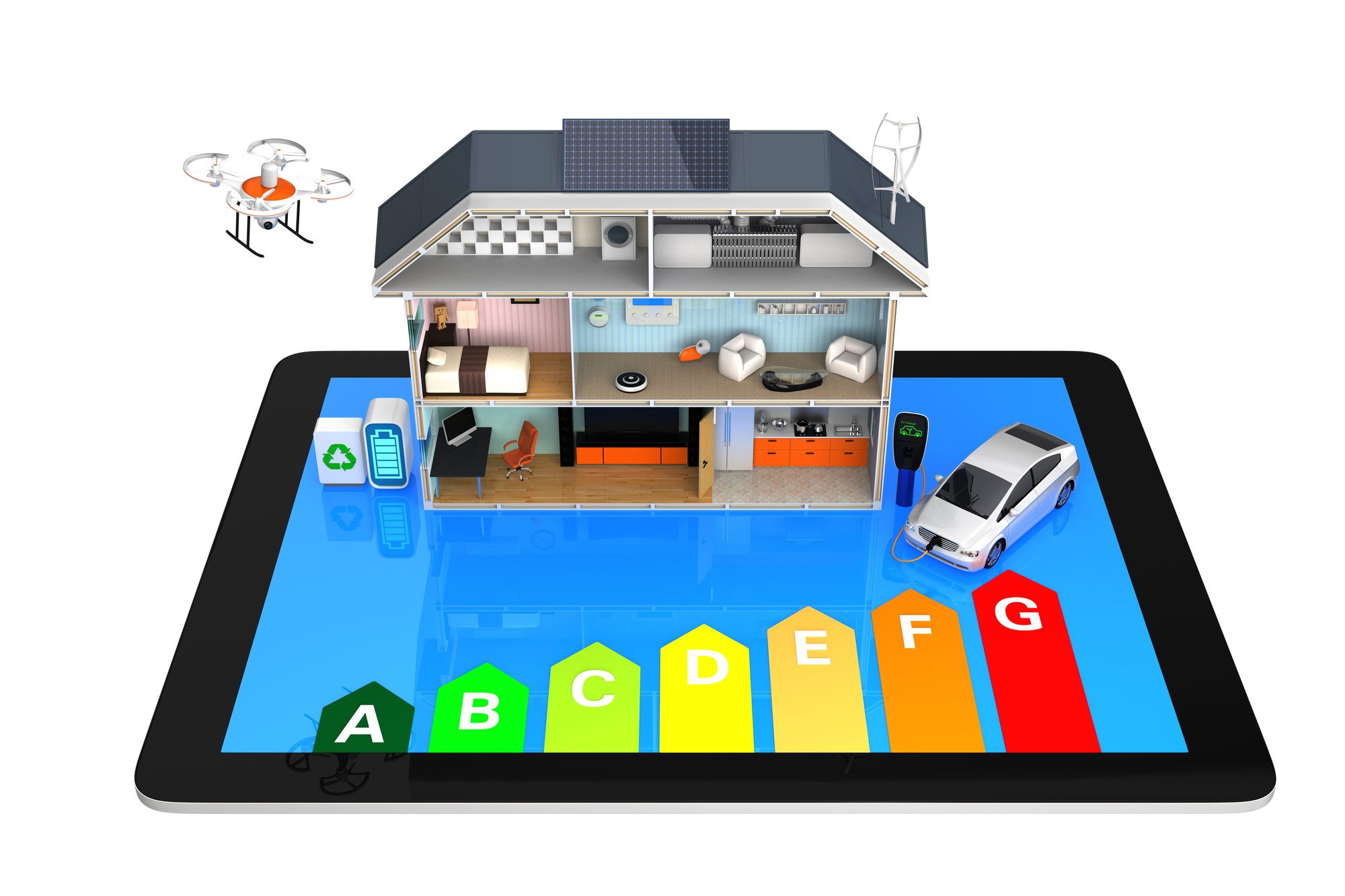
Question 1: What Size DO I NEED?
To determine the size system you need, first determine how much current it will take to keep essential items running, like your refrigerator and lights. Then estimate how many hours you may need the solar battery system to run these items before the sun returns to recharge the battery. If you think you can afford or simply want more, look at powering your whole home including heat and air-conditioning. It’s simply a matter of jumping up to that higher capacity. If you want to live truly off-grid, it will take a bit more power still.
Average household solar battery systems are in the range of 4kWh to 13kWh. Costs have slowly been falling, but not as quickly as many had hoped.
Question 2: Can I Recycle?
All batteries eventually reach end of life, even when they’re perennially recharged. But recycling depends on the battery type.
There are two basic types of solar batteries: lead-acid (which has been around since the 19th century) and lithium-ion (invented in the 1980s). Lead-acid batteries are the most common battery type in gas-powered cars. Consequently, they are the most recycled of all consumer products, with up to 99 percent recycling rate.
Lithium-ion batteries are a larger growth market today because they’re used in electric cars. But they have only a 5 percent recycling rate. They’re much more complex systems than lead-acid batteries, which means the lithium salt and other materials (iron, phosphate, carbon) are harder to extract.

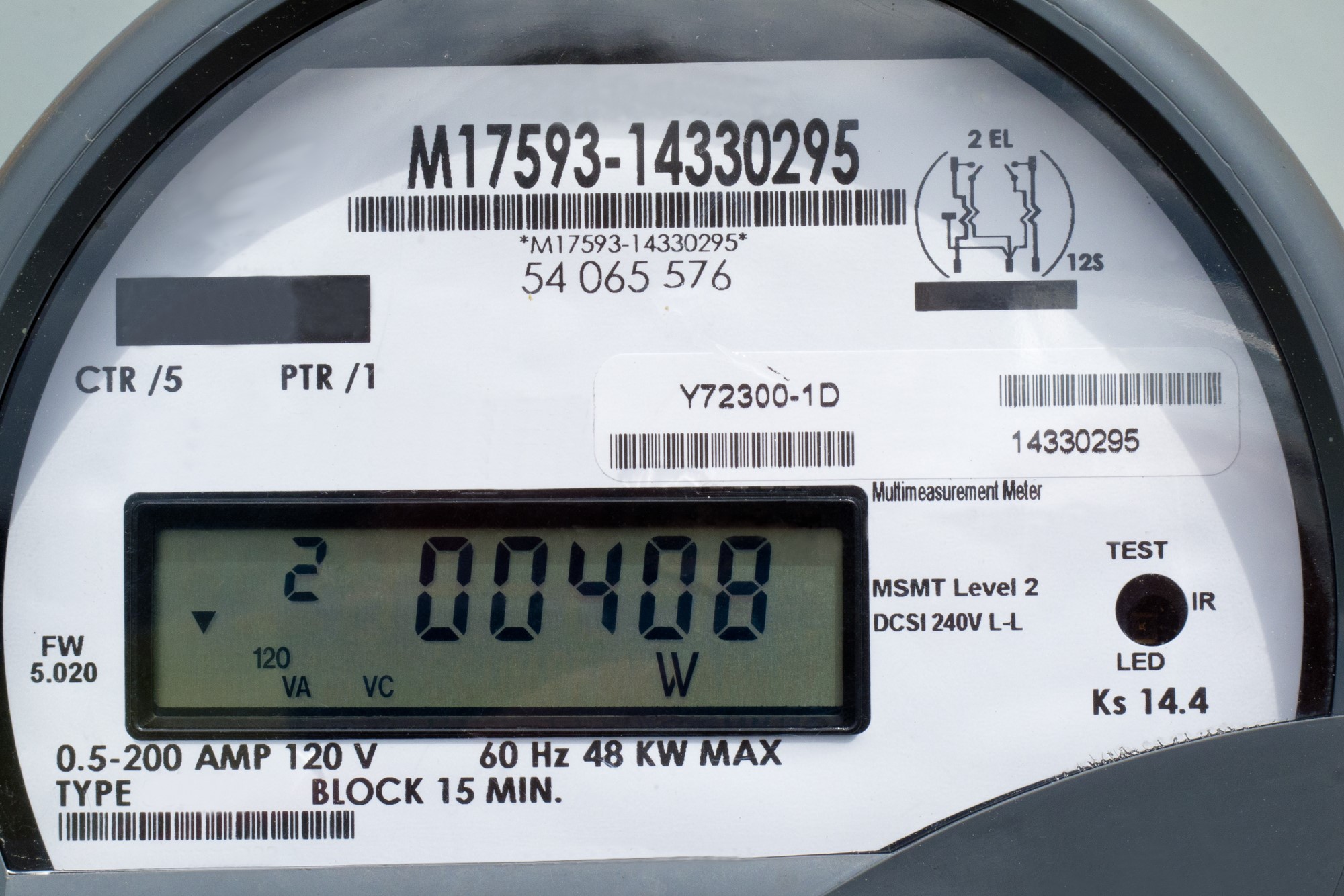
Question 3: Can I Sell Energy to the Utility?
When you begin using solar power, you need to consider your utility rate structure. Instead of just measuring the energy you use, meters also track of how much electricity your solar system sends back to the grid. Your utility then charges you for your net usage. Most states have mandatory net metering policies. Your local net metering arrangement and pricing will influence the sizing of your PV system.
However, if you have time-of-use (TOU) rates, you may want to curtail your grid-energy consumption specifically in the late afternoon and evening. (Note that you may have to switch to TOU rates if you install solar. This is the law in California.) Instead of feeding daytime solar power into the grid to get credit, you want to size your batteries to fulfill your needs and lower your demand late in the day.
Question 4: AC or DC?
When it comes to the AC/DC choice, we’re not talking about “Highway to Hell.” When purchasing a solar battery system, you must choose between alternating-current (AC) coupling and direct-current (DC) coupling.
It’s not a slam-dunk either way. Solar panels generate DC electricity and batteries store it in DC form. But your home’s electrical panel and all your home appliances run on AC.
In a traditional AC-coupled solar system without a battery, a solar inverter transforms the PV panels’ DC electricity into AC power that then feeds your home’s electrical panel, which leads to your outlets and light sockets or the grid.
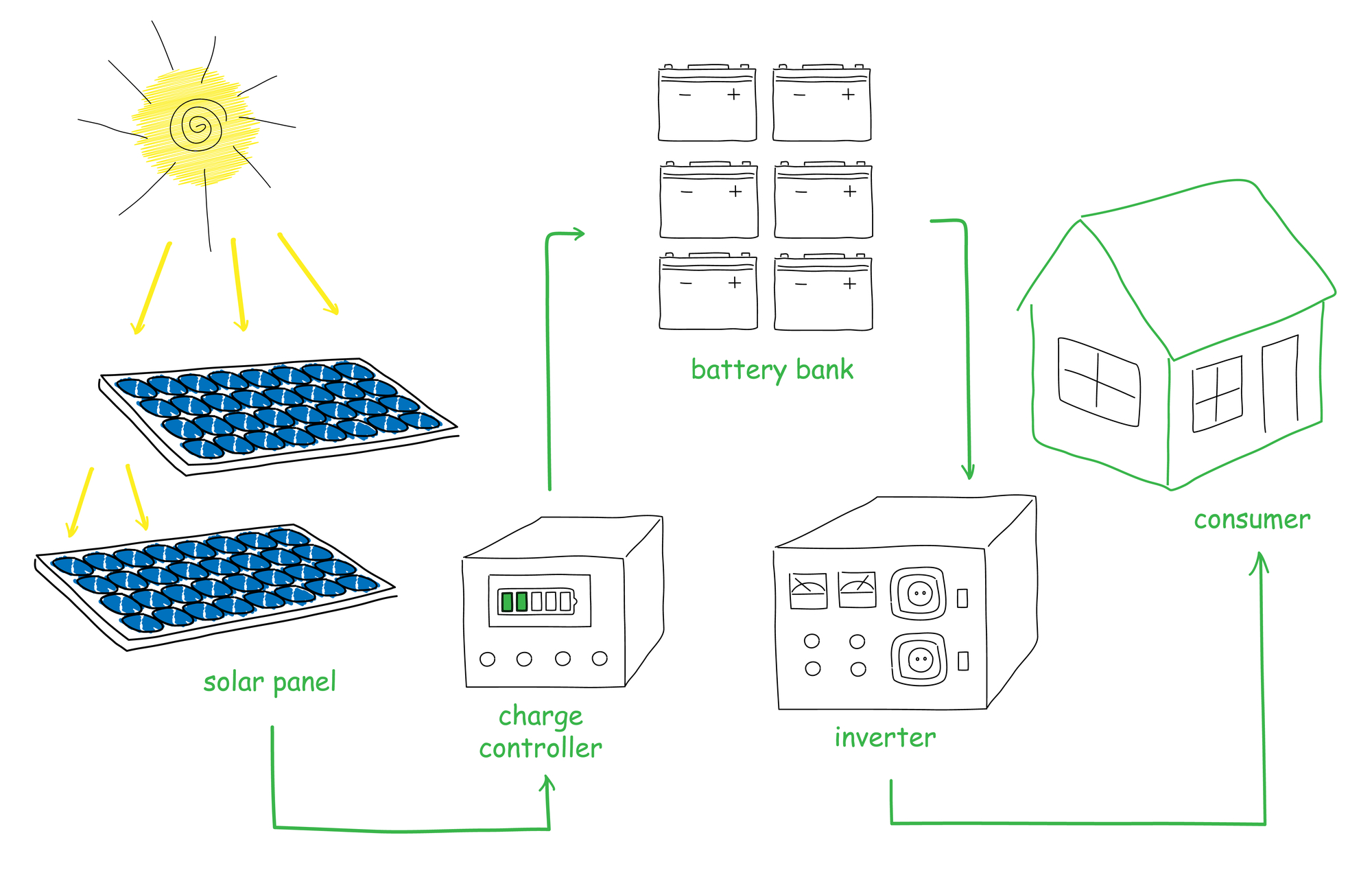
Traditionally, adding battery storage to existing AC-coupled solar panels required a bidirectional inverter. But it’s less efficient to convert AC to DC going into the battery and then DC to AC as it comes out. Newer AC-coupled lithium batteries—aka, AC batteries, the technology behind the Tesla, Sonnen, and Enphase—include the inverter and battery management system within.
There are two main advantages to AC batteries. One, they’re compact and easier to install, and two, they allow batteries to charge from both solar panels and from the grid.

Question 5: How Do I Control the System?
It’s important that your solar battery system’s interface be convenient and easy to use, so you’ll be motivated to make the most of your power storage capability. Solar battery systems come with a dashboard, which ought to display current and historical information about battery levels. Ideally, the controller would also support smart codes, which can bring more savings. And an app for your phone or other mobile device allows you to customize settings from anywhere.
Question 6: What’s the Warranty?
With an investment of this size, you need to be protected. Nearly all battery manufacturers provide a multiyear warranty guaranteeing a battery’s performance. These terms can vary from manufacturer to manufacturer, and depend on the battery type. Because lead-acid batteries generally have shorter lifespans than lithium-ion batteries, they tend to have shorter warranty periods. A range of 5 to 10 years is typical, but sometimes manufacturers factor in additional considerations:
- the number of cycles: how many times the system charges and discharges
- throughput: the total output the battery is expected to deliver over its lifetime
- capacity rating: ensures that your battery will hold a specific percentage of its original capacity at the end of the warranty period
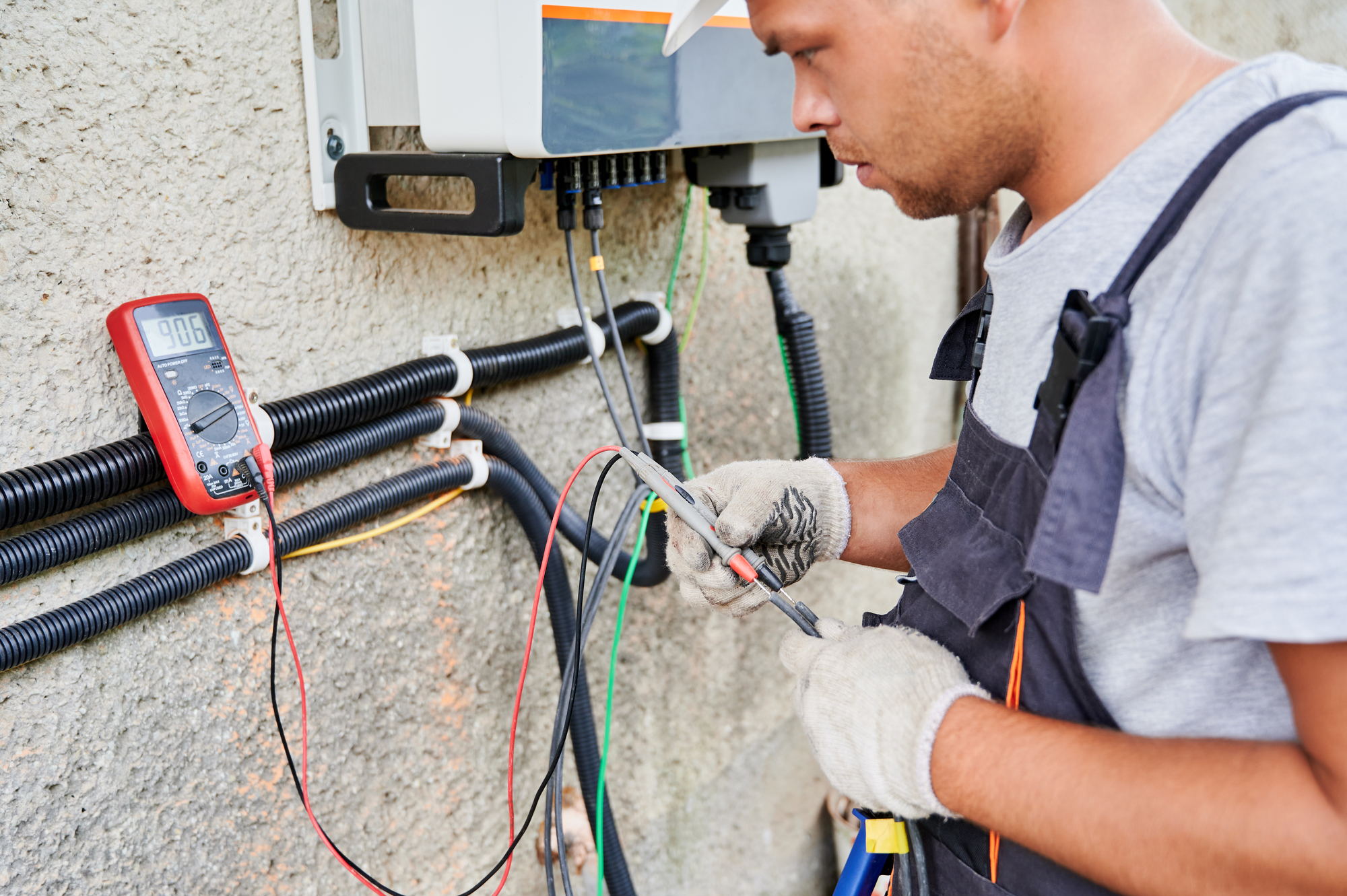
Whether you’re adding solar battery storage to an existing system or choosing a combined PV-and-storage system, you want to make sure you get the most out of your investment. A reputable solar installer should also have expertise in solar battery systems and be able to point you to the utility rates and regulations in your service area. Consider yourself well-armed with questions that will ensure that your solar battery system works best for you.
Brian Libby is a Portland, Oregon-based design and arts journalist. He has written for The New York Times, The Wall Street Journal, Architectural Digest, Dwell, and Metropolis, among many others. You can find him at brianlibby.com.


